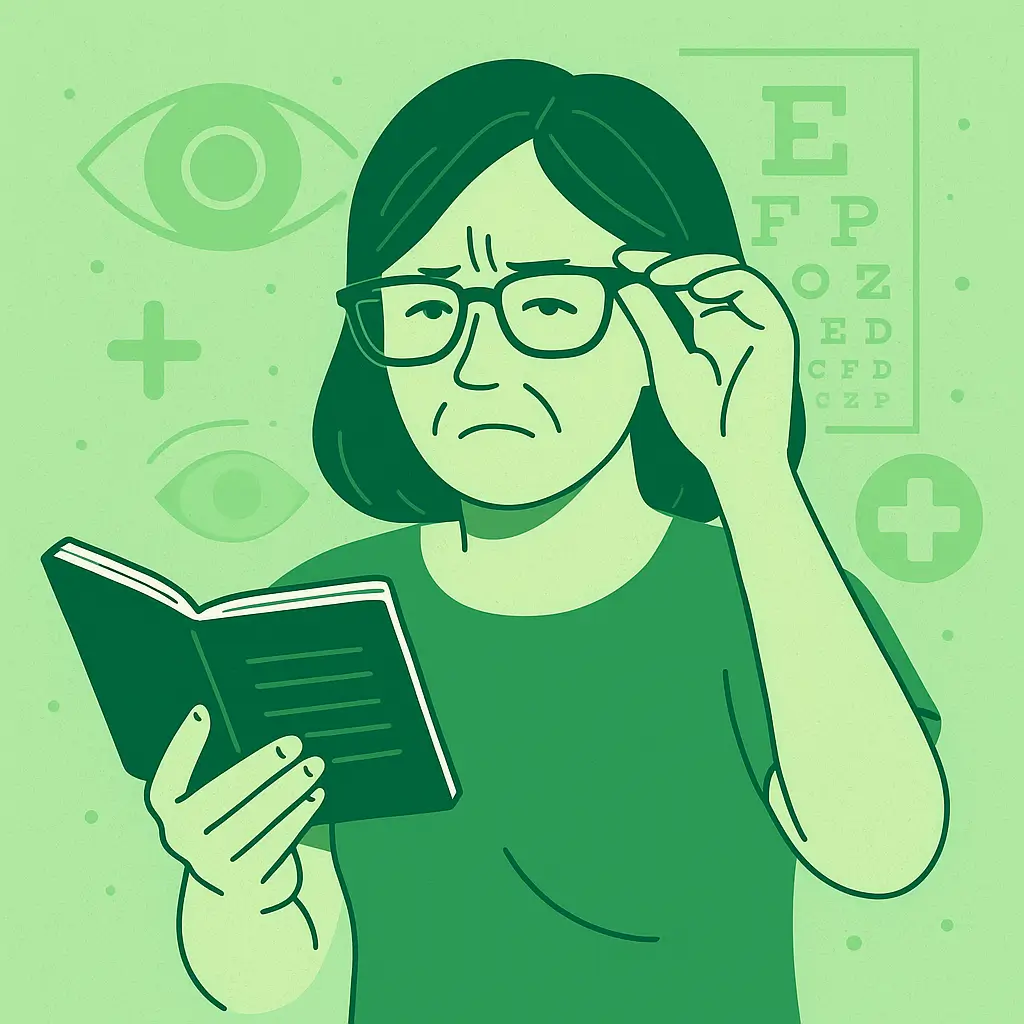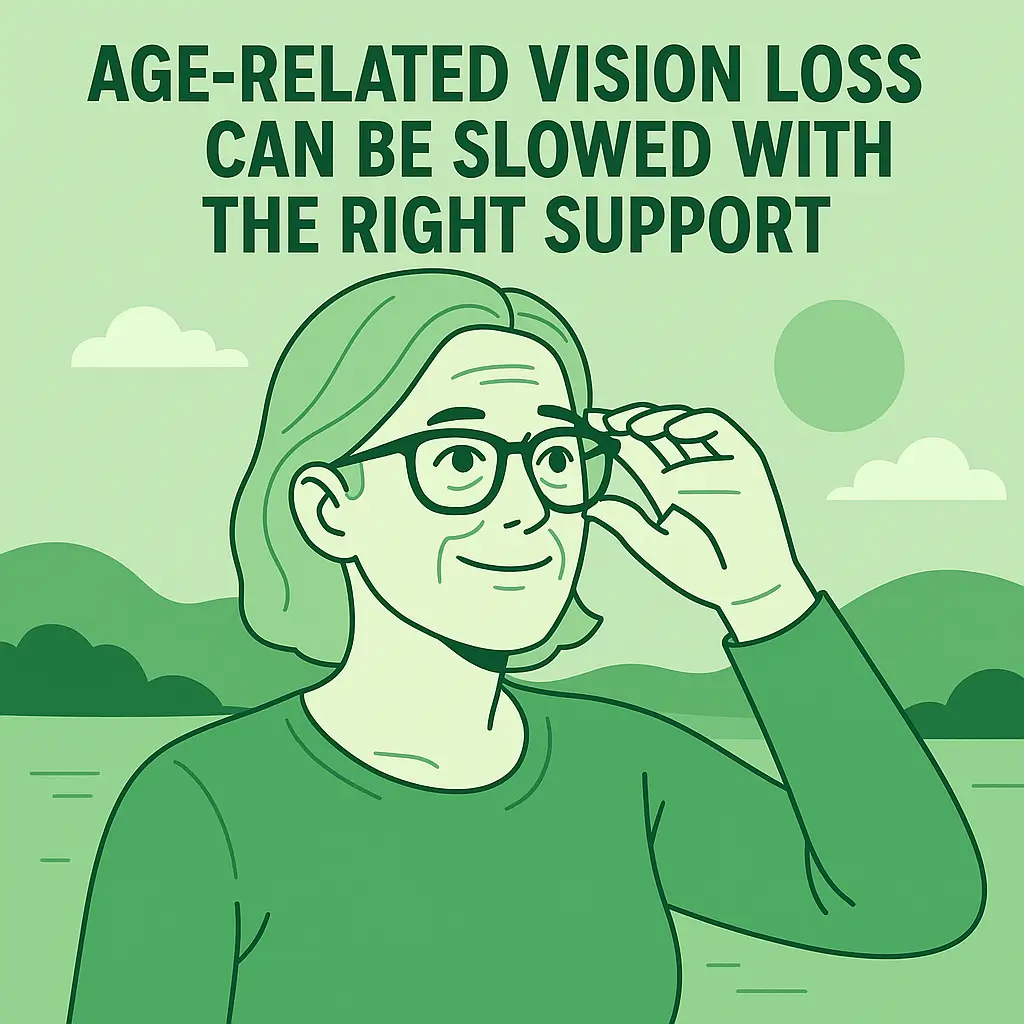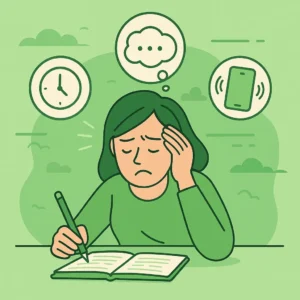Why Blurry Vision After 40 Is More Common Than You Realize
Have you noticed that blurry vision after 40 seems to appear out of nowhere, even if your eyesight was perfect for years?
You’re not alone — millions of people experience this change, and it’s not just about “getting older.” There are real reasons behind it, and understanding them is the first step to keeping your vision clear for as long as possible.
Why This Happens to So Many People
Reaching your 40s is a milestone, but it can also mark the beginning of subtle yet noticeable changes in your eyesight.
Tasks like reading small text, working on the computer, or driving at night may become challenging. This isn’t just an inconvenience — it can affect your independence, safety, and overall quality of life.
Common (and Less Obvious) Causes of Blurry Vision After 40
While aging is the most well-known factor, it’s not the whole story. Here are some reasons blurry vision becomes more frequent in midlife:
- Presbyopia: A natural change where the eye’s lens becomes less flexible, making it harder to focus up close.
- Eye strain: Long hours in front of screens can weaken focusing muscles over time.
- Dry eyes: Tear production may decrease, causing irritation and blurred sight.
- Blood sugar fluctuations: Can temporarily impact the eye’s ability to focus.
- Undiagnosed eye conditions: Issues like cataracts or glaucoma can start developing without obvious early symptoms.
- Poor lighting environments: Working or reading in dim light can make existing vision issues more noticeable.
How It Affects Daily Life
Blurry vision isn’t just a nuisance — it can impact everything from productivity to safety:
- Difficulty reading fine print without squinting or holding objects farther away.
- Struggling to see clearly while driving at night.
- Eye fatigue after short periods of reading or computer use.
- Missing details during important tasks, leading to frustration or mistakes.
Over time, these challenges can lead to reduced confidence in daily activities and even avoidance of certain tasks.
Generic Ways People Try to Manage It
Many people turn to quick fixes, but these often come with limitations:
- Reading glasses: Useful for close-up work but may not address other vision needs.
- Better lighting: Helps temporarily but doesn’t tackle underlying causes.
- Eye drops: Can relieve dryness but won’t improve focusing ability.
- Taking screen breaks: Important, but benefits may be short-lived without additional support.
While these approaches can help in the moment, they rarely address the bigger picture — maintaining long-term eye health and slowing vision decline.
Why a More Supportive Approach Matters
Instead of only reacting to blurry vision after it appears, the best results often come from supporting your eyes consistently.
This includes habits and solutions designed to nourish and protect your vision as you age, helping to delay or reduce these changes.
If you’re curious about how the right support can make a difference, you’ll want to read our next article: How Age-Related Vision Loss Can Be Slowed With the Right Support.
Final Thoughts
Blurry vision after 40 is incredibly common — but it’s not something you have to accept without a fight.
By understanding the causes and taking proactive steps, you can maintain clearer eyesight and protect your independence for years to come.
➡️ Continue reading: How Age-Related Vision Loss Can Be Slowed With the Right Support













Post Comment